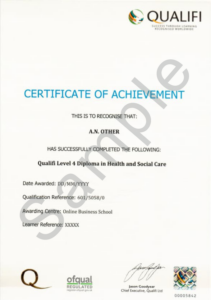About the Course: Fast-Track Your Career in Sales and Marketing
Are you eager to advance quickly in the fields of sales and marketing? If so, our Undergraduate Level 4 Diploma in Sales and Marketing and Level 5 Diploma in Business Management provide the perfect solution. Together, these diplomas form a comprehensive 240-credit program, allowing students to progress directly to the final year of a related undergraduate degree.
Moreover, you have the flexibility to complete your final year either on a UK university campus or via distance learning, depending on your preferences and lifestyle. The Level 4 modules and assignments align with the typical content covered in the first year of a university degree. Meanwhile, the Level 5 components mirror the curriculum of the second year, ensuring you are fully prepared for higher studies.
This structured course features 10 Level 4 modules (worth 120 credits) and 10 Level 5 modules (worth 120 credits). Alternatively, if you choose to focus solely on Level 4, you will attain 120 credits. Consequently, you can apply for an exemption from the first year of a relevant university degree program, saving time and tuition fees.
Each module includes approximately 40 guided learning hours, providing a robust educational framework. Furthermore, an additional 30–50 hours of optional learning materials such as exercises, readings, and online resources enrich your experience. Therefore, you will have access to ample resources to support independent study and mastery of concepts.
Additionally, we are proud to inform you that this course qualifies for ELCAS funding, making it more accessible to eligible learners seeking financial support.
Upon successful completion, students can progress to prestigious universities, for instance:
-
University of Gloucestershire
-
Anglia Ruskin University
In conclusion, enrolling in our Level 4 and Level 5 Sales and Marketing Diplomas will give you an unbeatable head start. With flexible study options, recognized qualifications, and outstanding career pathways, your journey to success starts here.










